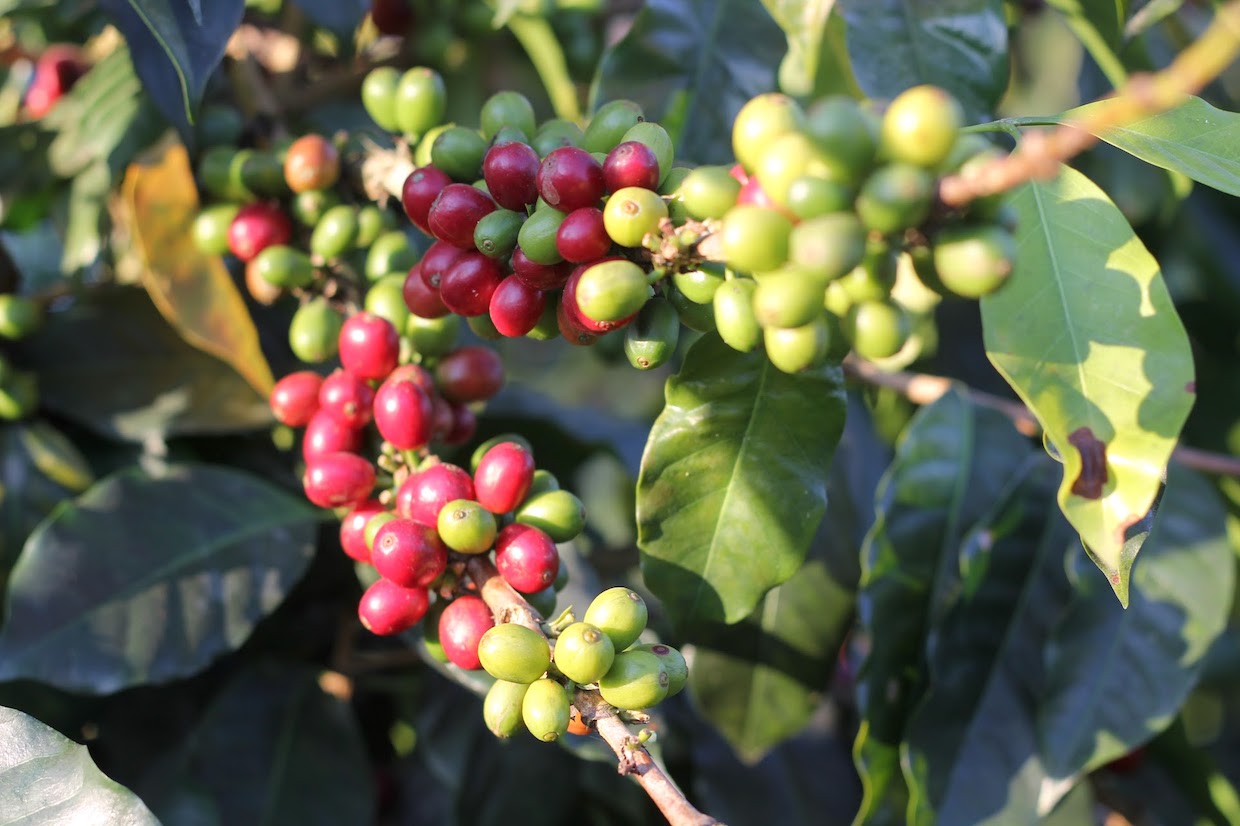Given the fact that commercial farming of any kind requires large swaths of land, the very concept of sustainable coffee production remains paradoxical.
As the authors of a groundbreaking new study on land use and biodiversity in coffee write, “Protecting biodiversity while sustaining agricultural production is one of our greatest modern challenges.”
The study itself explores “land-sparing” strategies, i.e. the preservation of forests adjacent to full-sun farms as well as “land sharing,” i.e. agroforestry systems through which shade trees and other vegetation exist alongside cultivated coffee plants.
“There is a lot of evidence that shade-grown coffee supports more species of animals and insects than sun-grown coffee, and thus we have been promoting shade-grown coffee as the dominant conservation approach in coffee-growing regions for decades,” lead author Jonathon Valente, currently of Oregon State University and a research associate at the Smithsonian Migratory Bird Center (SMBC), told Daily Coffee News.
The research challenged the popular assumption that “shade-grown” is the only avenue forward for protecting avian biodiversity on working coffee farms.
Related Reading
- Shade-Grown Can Help Coffee Farmers Maximize Profits, Research Suggests
- How the Birds and the Bees Help Coffee Plants
- Column: Coffee Has a Nitrogen Fertilizer Dilemma
“[The shade-grown] principle is the basis for numerous coffee eco-certification programs, including Smithsonian’s Bird Friendly coffee,” Valente told DCN. “However, this conservation model is a bit incomplete for a few reasons: (1) it ignores the fact that native forests are likely to support even healthier populations of many species than shade-grown coffee; and (2) it provides no avenue to eco-certification for farmers who choose to protect native forest tracts on their land.”
The project involved a team of researchers from the SMBC and the Colombian nonprofit conservation organization Selva. Researchers surveyed bird communities in forests and coffee plantations in the Sierra Nevada de Santa Marta coffee-growing region in Colombia before developing occupancy models for three basic types of bird species: forest specialists, open area specialists and generalists.
What they found was that the two conservation strategies — land-sharing and land-sparing — were actually complementary.
Shade-grown coffee (land-sharing) supported more generalist and open-area species, while mosaic landscapes — those composed of forests next to full sun — supported more forest specialists.
Said Valente, “In addition, shade-coffee landscapes supported more species during the non-breeding season while mosaic landscapes supported more species during the breeding season.”
At numerous points, the authors note that the study is not intended to undermine the conservation value of shade-grown coffee. Rather, they suggest that maximum protection in coffee systems might require an integrated approach of shade-grown and mosaics.
According to the authors, the research will be used to inform future requirements for Smithsonian Bird Friendly, which is arguably the most demanding environmental protection certification scheme in the coffee sector.
Does your coffee business have news to share? Let DCN’s editors know here.
Nick Brown
Nick Brown is the editor of Daily Coffee News by Roast Magazine.
Comment
1 Comment
Comments are closed.








Excelente